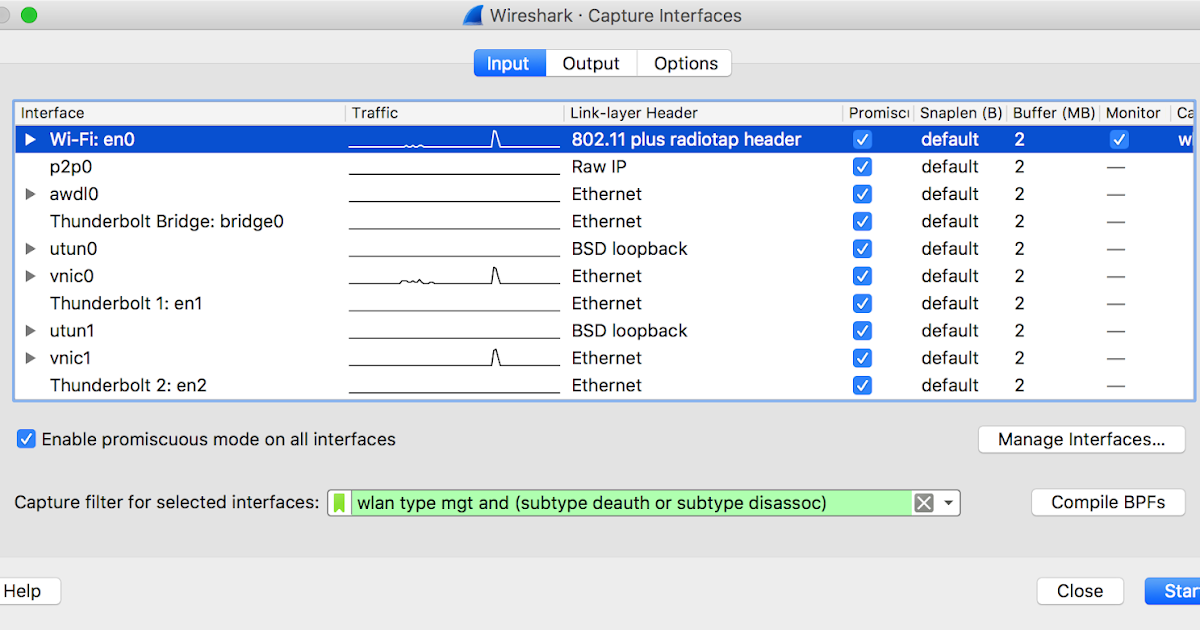
Wireshark can be used to sniff HTTPS traffic: Wireshark/HTTPS Wireshark can be used to analyze network traffic in detail: Wireshark/Traffic Analysis You can use several comparison operators and logical operators when constructing the display filter.Īdvanced Wireshark Stuff: Wireshark/Advanced Use filter expression dialogue to create packet display filters. Capture filters are better if you're targeting your capture at a specific range of devices, a specific channel, or particular protocols. If your wireless card and CPU can handle a large amount of traffic, It is usually better to capture everything and use display filters to show different packets, instead of applying capture filters on the capture level. The primitive dst host 192.168.0.10 has the qualifiers dst and host and the ID 192.168.0.10. The primitive itself consists of qualifiers and IDs. The syntax consists of primitives and operators.Ī primitive is something like dst host 192.168.0.10 or tcp port 80. Hree's an example that would only look for packets to a certain host and port (port 80 is HTTP traffic): Primitives consist of qualifiers and an ID. The BPF syntax consists of primitives and operators. To filter out packets at the wireless card level to reduce the CPU load during a capture, you can use packet filters with the Berkeley packet filter (BPF) syntax. You can also load multiple capture files simultaneously. As networks get busier, these cap files get pretty large. You can control many of wireshark's capture options, one nice feature is outputting the capture file in size increments or time increments. Open up Wireshark, pick your network interface, and click the green fin to start the capture. It's worth it.Ĭapturing packets on a network is useful for troubleshooting, but it is also useful for seeing what the network normally looks like. However, Wireshark is also memory-intensive, and is pretty slow on Mac.

Wireshark has a nice GUI and can show you some amazing things about network traffic. You can also use its very handy filter functions to look for specific packets - based on destination, target, type, time, payload, etc. It allows you to capture packets and analyze them live, or load captures from another session.


 0 kommentar(er)
0 kommentar(er)
